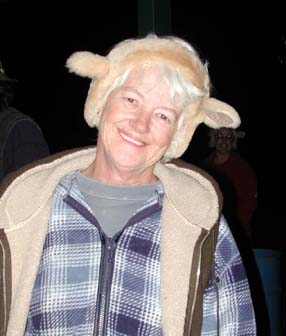|
Conversion of archival materials from physical to digital format is a process that is filled with many choices.
Each choice is a balancing act between cost and quality, given the time and resources available.
The condition of the materials can be dubious being decades old, having been stapled multiple times,
with tape and stickers attached. And these documents have seen a lot of handling, having become dog-eared by hard reading, improper storage and having been processed through the US Mail.
Given their age, some of these documents were produced on old mimeograph machines and are not always printed clearly.
Others are several-generations-from-the-original Xerox copies, originally produced by dot-matrix printers.
All of them are on paper that has degraded over time, becoming somewhat more delicate.
The method of presenting the materials in this archive has taken all these elements into consideration. We have chosen to scan the materials as JPG files, generally at 72dpi for display on the web.
|

Lynne McGowan
|
|
|
In addition, the file names are flagged with brief captions to assist Google in retrieving them via their search engine.
Every effort has been made to present the document in as "magazine-like" a format as possible to facilitate ease of use.
Hopefully, most users will find these choices suited to their available hardware, capabilities of their internet service provider, and user skill set.
Some frequently-asked questions are addressed, below:
- Where did these documents come from?
The documents in The McGowan Archives are from Lynne McGowan's estate. These include documents that were mailed to Louis Pegram and Robert Theiss as courtesy copies during the time they were overseeing the American Whippet Club's National Points Racing program. You may see their names and mailing addresses on the Back Cover of many of the publications.
- Why do some pages look crooked?
This project is using a mechanical document feeder. Although this machine does a nice job in most instances, when the original documents are dog-eared, with folded or torn corners, or if there is tape or staple marks on the page, the paper does not draw through the feeder evenly, giving a warped appearance to the scan. While this is regrettable, the alternative (hand-scanning) is not feasible.
- Why are some pages illegible?
Actually, the scanned images are faithful reproductions of the originals. In most cases of illegible scans, the original was likewise illegible through size of type, degraded ink, or blurry printing.
- Why are the documents scanned as images instead of searchable text using optical character recognition (OCR)?
We have elected to forego OCR because the quality of the type in these old documents renders the OCR process less than effective.
If you have questions or comments relevant to the archives, please contact us. We are always happy to hear from you!
|
|